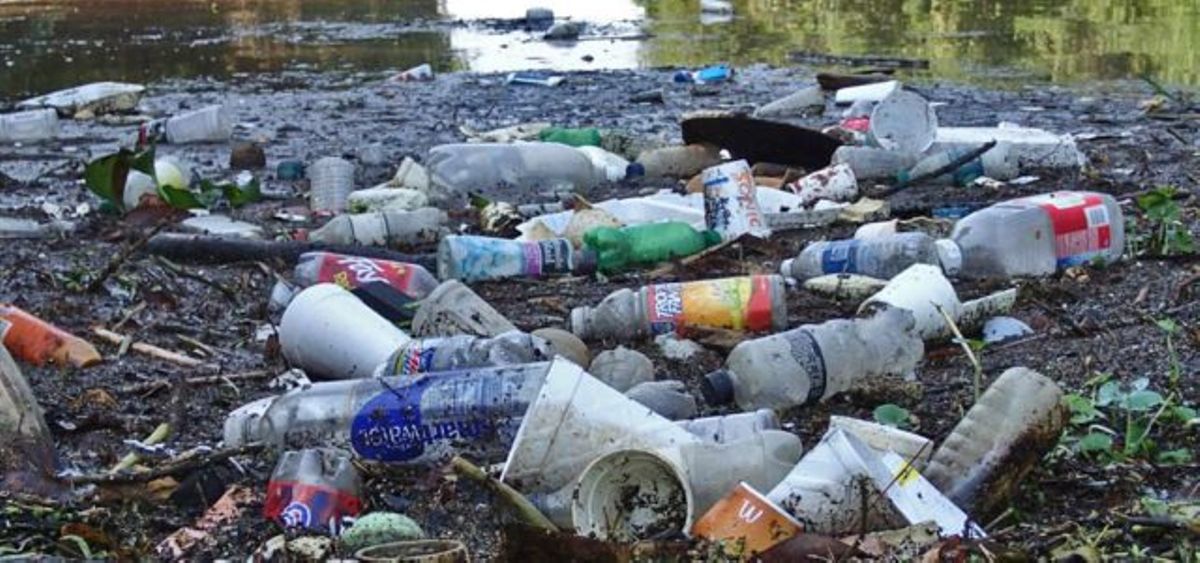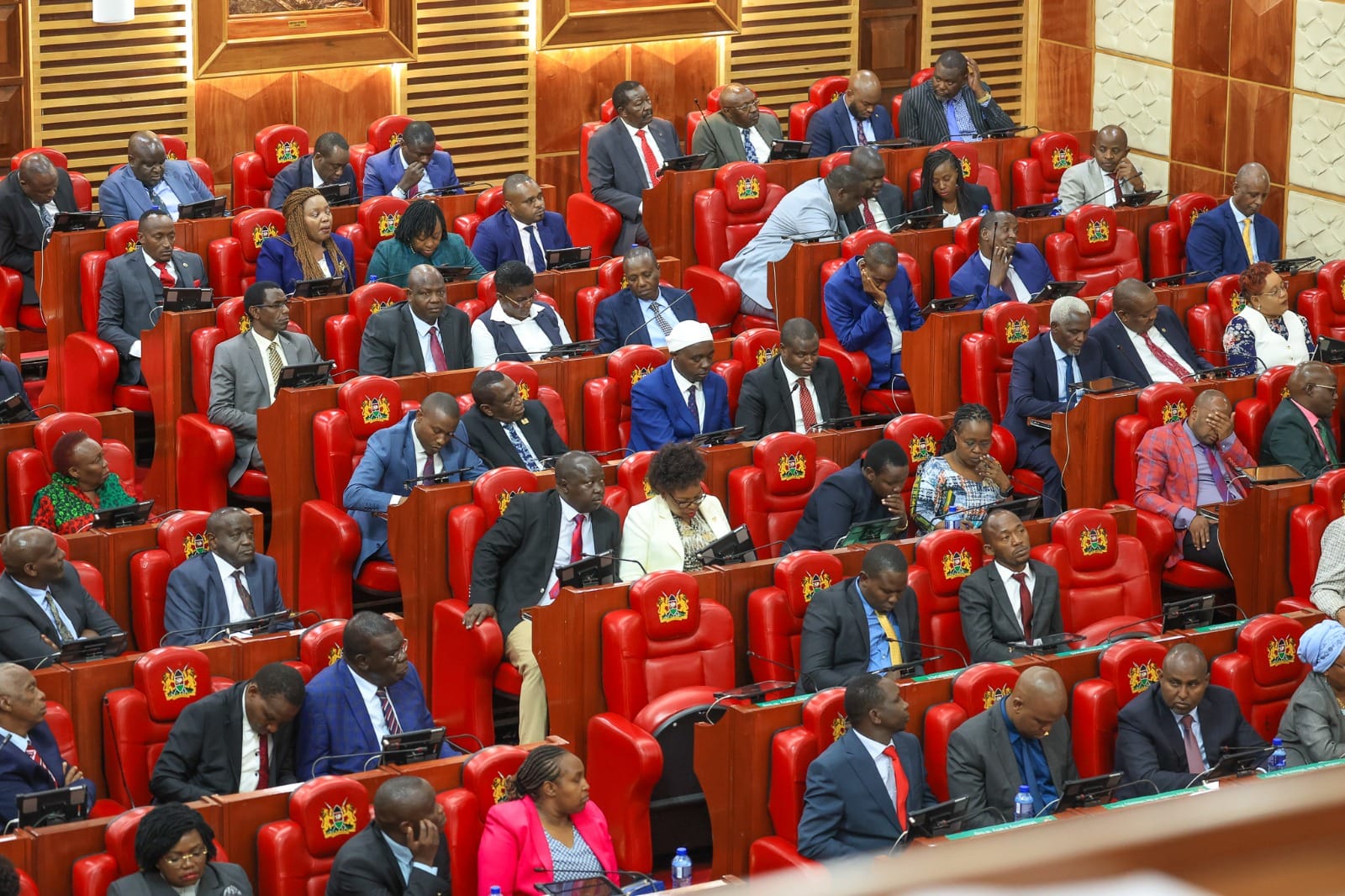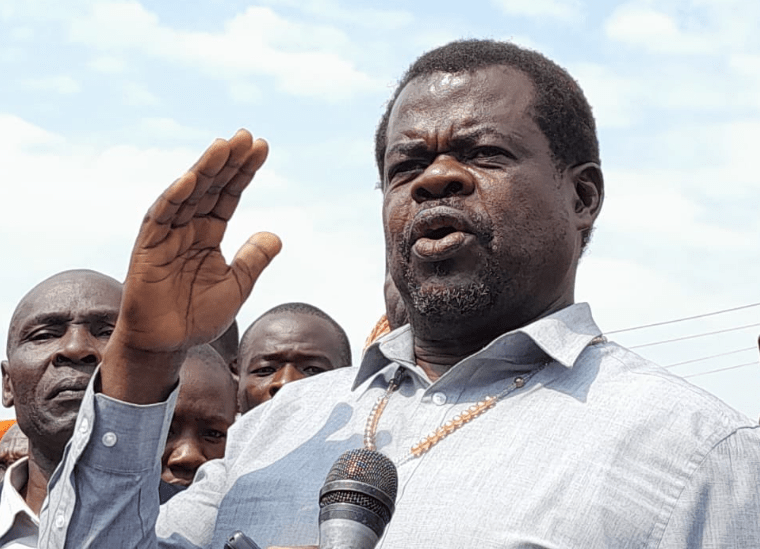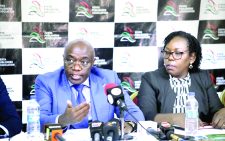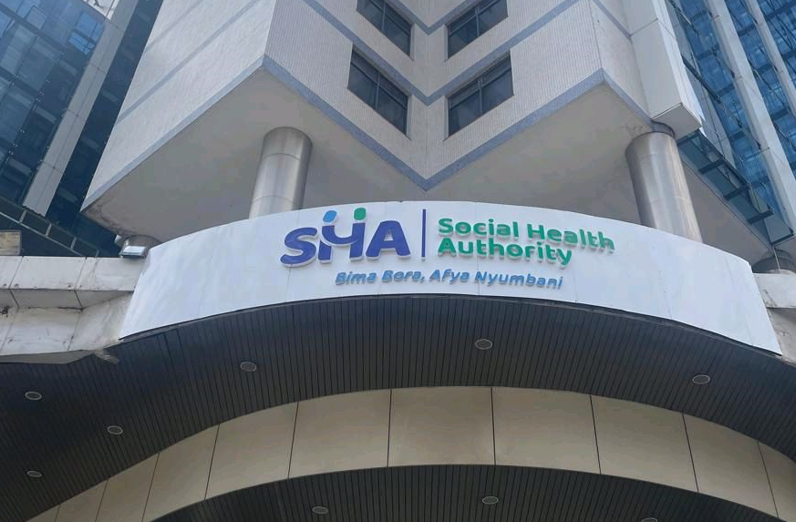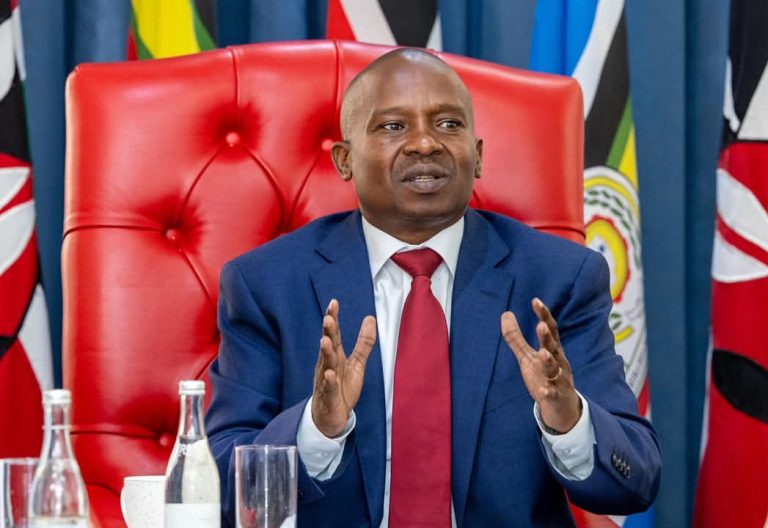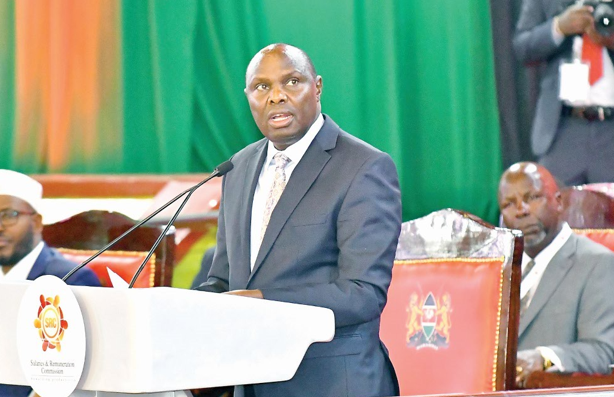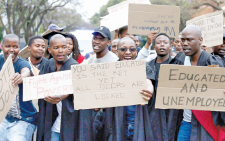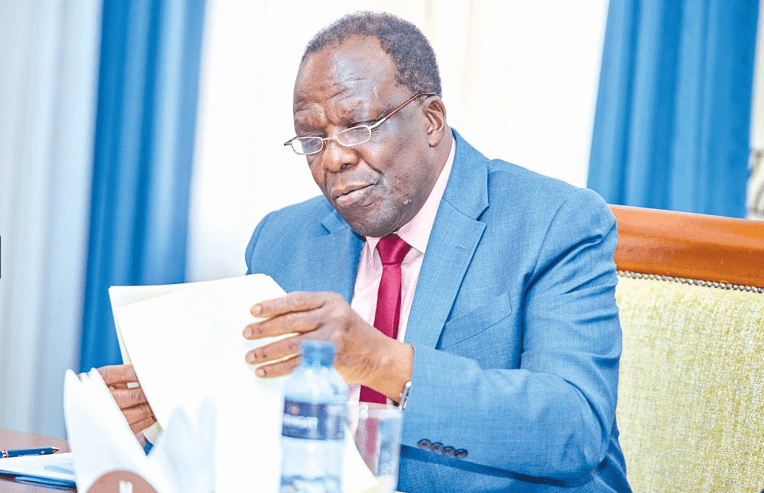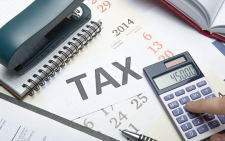Mombasa eyes circular economy to fight plastic waste
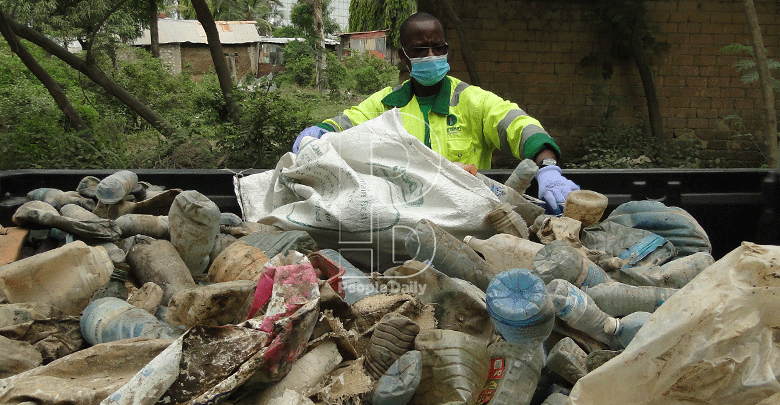
Omar Mohammed, a fisherman in Mombasa, says the environmental status of the region has greatly changed in the last 10 years.
“I used to go fishing outside the reef line, but we only get to do that in August, now I have to fish much closer to the shore.
I have been a fisherman for over 20 years and for sure the ocean is not the same. There is so much plastic waste in the nets and the fish catch is very low compared to say five years ago,” he says.
He adds that the environment is not conducive for breeding so the fish are moving away and the population is low too.
“Sometimes I catch even two fish when I go out; sometimes just one and other times, nothing,” shares Mohammed.
Studies show that more than 700 marine species are killed either by ingestion or entanglement by plastics.
The ingestion introduces substances into marine food chains, potentially concentrating and passing toxins up the food chain from prey to predator.
A huge percentage of the total wastes collected in Mombasa are plastic wastes. Close to 50 per cent of the total wastes generated ends up in the ecosystems.
Against this background, individuals and organisations have instituted various measures to address plastic waste.
Among them is Dennis Okwara, founder of Double Roman Limited, a Mombasa-based company that collects and recycles plastic waste within the sites in Mombasa, Malindi and Kilifi counties. However, their aim of joining the circular economy seems far off.
Sorting waste
“My company has no capacity to do circular economy in terms of plastic waste, but it is my prayer that we will get there, because this will enable us to do recycling at a bigger capacity.
At the moment, once we get three quarters of the recycling done, we take the waste to Nairobi for more refining. If we get the capacity we will do that locally,” he adds.
Circular economy is a model of production and consumption in which materials and products are shared, leased, reused repaired, refurbished, and recycled for as long as possible.
To achieve this in Mombasa, World Wide Fund for Nature (WWF-Kenya partnered with the county government of Mombasa in a bid to address plastic waste.
As Alex Kubasu, Project Manager of DMDP Waste to Value Project, says, circular economy requires both collective and individual efforts to ensure plastic is in flow of use.
“The pollution problem in Mombasa is not good, the streets and beaches are full of uncollected plastic waste.
The plan to roll out circular economy in the county is to create a functional value chain where collectors of plastic waste are directly linked to the buyers of the plastic and sorting stations.
This project ensures collected wasted reaches the value chain. While this works to keep the county clean, it also improves business for those in the plastic business,” he adds.
Albert Musando, restoration, education and ecosystems manager, Lafarge Eco Systems- the environmental arm of Bamburi Cement Limited says they have initiated periodical interception of solid wastes from a section of Mtopanga River before the waste ends up in the Indian Ocean.
“This intervention is designed to minimise disturbance to the ecosystem’s biodiversity and stop consequent spill over to the Indian Ocean.
The Bamburi section of Mtopanga River ecosystem serves as a bio-filter and physical protection of the Indian Ocean impacting physical, chemical and biological systems of the coastal and marine environment,’ he adds.
Microplastics in oceans
This waste carried down the river is broken down and deposited in the ecosystem, an aspect of pollution that needs mitigation.
“The plastic wastes break into smaller pieces and into smaller particles as they go down the ocean and become micro-plastics, which continue to break further smaller.
They are both hard to detect and retrieve from both coastal and marine ecosystems.
Micro plastics in our coastal and marine ecosystems are a health hazard to all living organisms and more so for humanity,” Albert explains.
Some obstacles they have encountered along the process, include inadequate education and awareness on expected environmental friendly behaviour; inadequate waste collection facilities and resources; poor standards of waste transport where wastes are remixed during transport by collectors and dumped in the same site and inadequate waste segregation for potential recycling.
Lack of incentives to encourage recycling and poor zoning, monitoring, infrastructure, legal enforcement, insufficient treatment plants, and insufficient storm water systems are other problems they have faced.
“Everyone should integrate circular economy in the thinking processes and plans and ensure wastes are treated as an important economic resource. Incentives must be encouraged and provided to those involved in waste management, such as recycling and reuse actions.
Partnerships and synergies should be strengthened to help deal with waste challenge.
Combine resources where they are appropriate to achieve greater mileage.
We need to also drive and encourage innovation in line with environmental protection and sustainability,” adds Albert.
To address such challenges, Jukwaa Arts Production, through its Bahari Huru campaign brought together artists from the county to take part in educating the community on the impact of ocean pollution. “
We are involving the arts so we will be having skit performances, music and such created around marine pollution,” shares Jukwaa. Arts Producer, Caroline Ngorobi.
